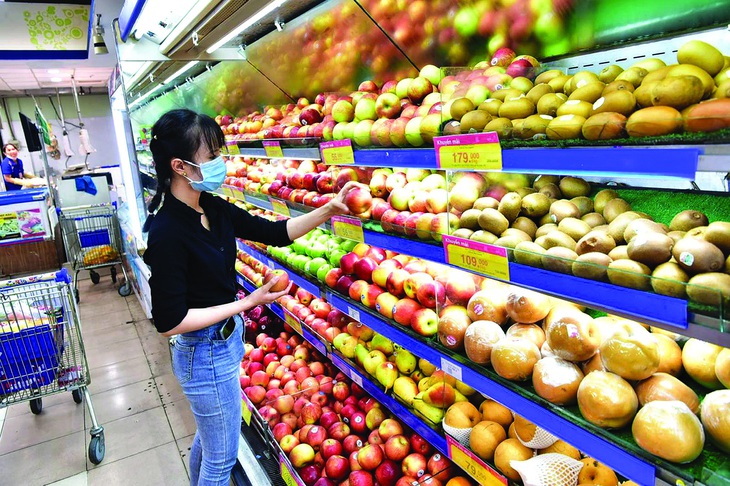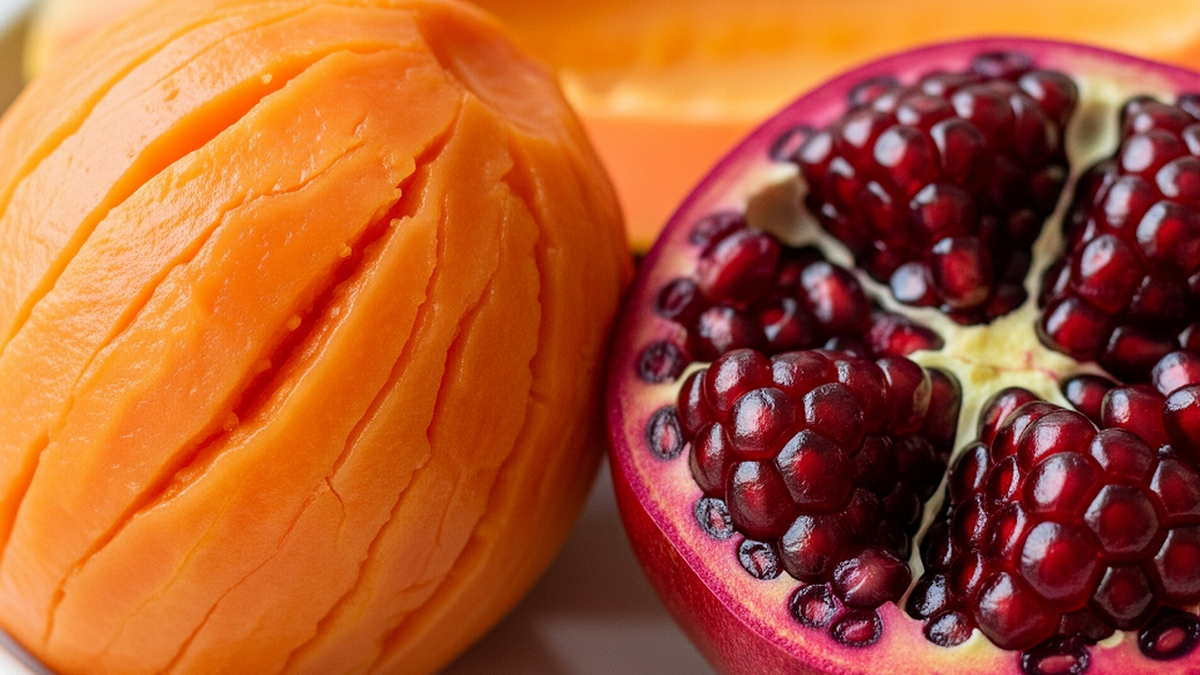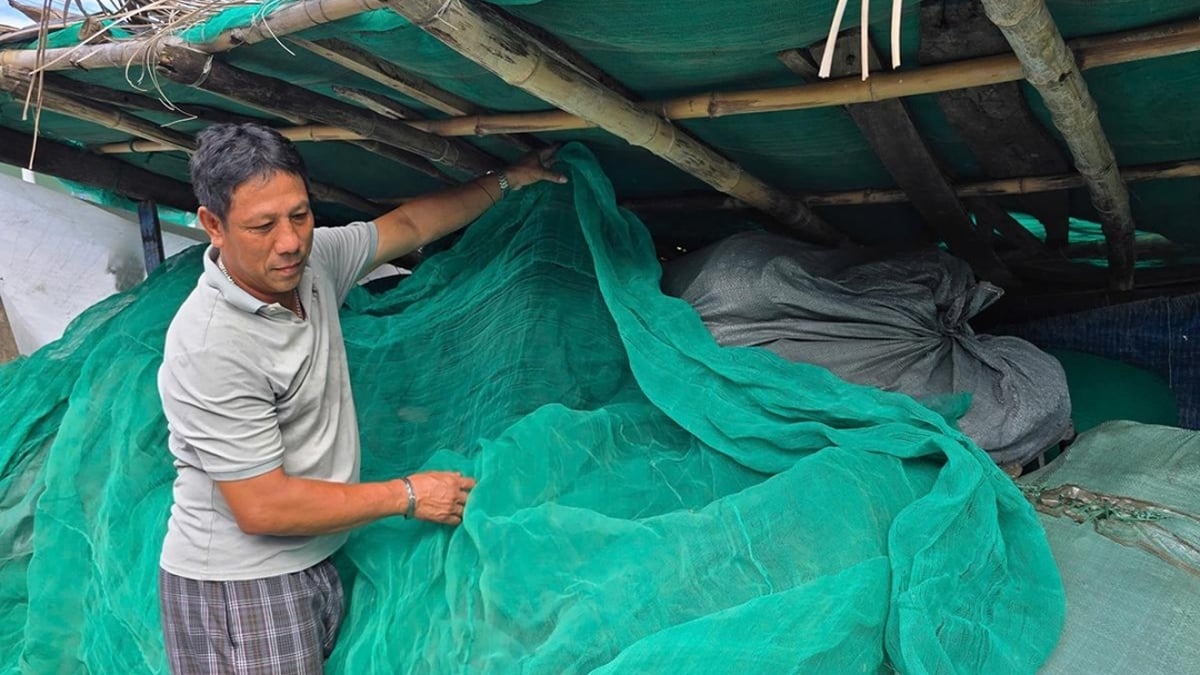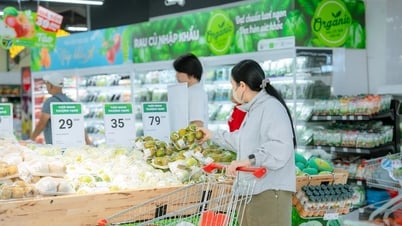
All fruits and vegetables can be washed effectively with clean water - Photo: TTD
Unwashed fruits and vegetables may contain:
Dirt
Bacteria (such as Listeria, E. coli, and Salmonella)
Mushroom
Pesticide residues
Contamination from harvesting and handling (bacteria can be transmitted from contaminated soil, poor hygiene during harvesting, and even from carts).
Washing fruits and vegetables helps remove dirt, reduce residual pesticides, and reduce bacteria and other germs on the surface of fruits and vegetables. However, it does not completely remove contaminants.
Notes when washing fruits and vegetables
According to recommendations from the US Food and Drug Administration (FDA), the US Department of Agriculture (USDA) and the Centers for Disease Control and Prevention (CDC):
Always wash produce before eating, cutting, and cooking. The USDA recommends against washing before storing as this can lead to bacterial growth and increase the risk of food spoilage.
Wash hands thoroughly before and after handling fresh produce.
Do not wash fruits and vegetables with soap, bleach, detergents, or commercial produce washes. These may leave behind residue that should not be eaten or that may cause illness.
For fruits and vegetables with skin, wash or scrub them under running water regardless of whether you intend to eat the skin or not. Otherwise, bacteria on the skin or peel of the produce can get into the food when you cut it.
What is the cleanest way to wash vegetables?
There are many ways to wash fruits and vegetables depending on the type:
Leafy greens : wash leafy greens thoroughly for at least 20 seconds. You can use a vegetable blender to remove excess water and dry the greens before storing (you can pat dry with paper towels, air dry or use a clean cloth).
Berries, tubers : Wash with water before eating.
Fruits with skins : Wash thoroughly to remove any dirt from the outer skin of fruits (like apples and cucumbers). Even if you choose to peel these foods, you should still wash them before eating.
According to Amy Reed, nutritionist and spokesperson for the Academy of Nutrition and Dietetics, vinegar and baking soda can be used to wash fruits and vegetables, but not necessarily depending on the type of vegetables you wash and your needs.
For all types of vegetables, washing with water is still a very effective way to remove dirt, reduce bacteria and reduce residual pesticides.
Source: https://tuoitre.vn/rua-rau-qua-bang-nuoc-hay-bang-giam-se-sach-hon-20250723143400915.htm




























![[Photo] National Assembly Chairman attends the seminar "Building and operating an international financial center and recommendations for Vietnam"](https://vphoto.vietnam.vn/thumb/1200x675/vietnam/resource/IMAGE/2025/7/28/76393436936e457db31ec84433289f72)








































































Comment (0)